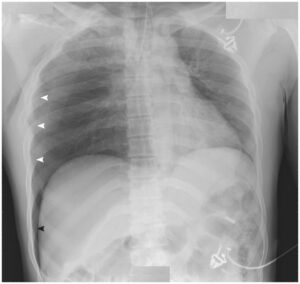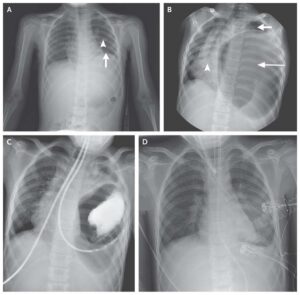A 3-week-old male newborn was brought to the pediatrician with three large scalp lesions, which had appeared in the first week of life.
The lesions were annular with raised papular and pustular borders and flat, hyperkeratotic central areas. The baby’s mother, who was originally from Somalia, had similar skin lesions on her upper trunk.
Scalp scrapings and a swab cultured on Sabouraud’s dextrose agar grew yellow-colored colonies with radiating hyphae. Polymerase-chain-reaction assays of extracted DNA identified trichophyton species, and DNA sequencing revealed Trichophyton soudanense.
Tinea capitis, a fungal infection of the scalp commonly known as ringworm, was diagnosed. T. soudanense is endemic in Africa and emerging in Europe. The fungus is transmitted by direct contact and by fomites such as hats, brushes, towels, and pillows.
Tinea capitis in a newborn is rare, and the treatment regimen is not well defined. The patient was initially treated with intravenous fluconazole and topical clotrimazole and octenidine therapy; after 1 week of treatment, the lesions were resolving, leaving hyperpigmentation. He was treated with oral fluconazole for an additional 2 weeks.
READ MORE about: Antifungal Drugs


